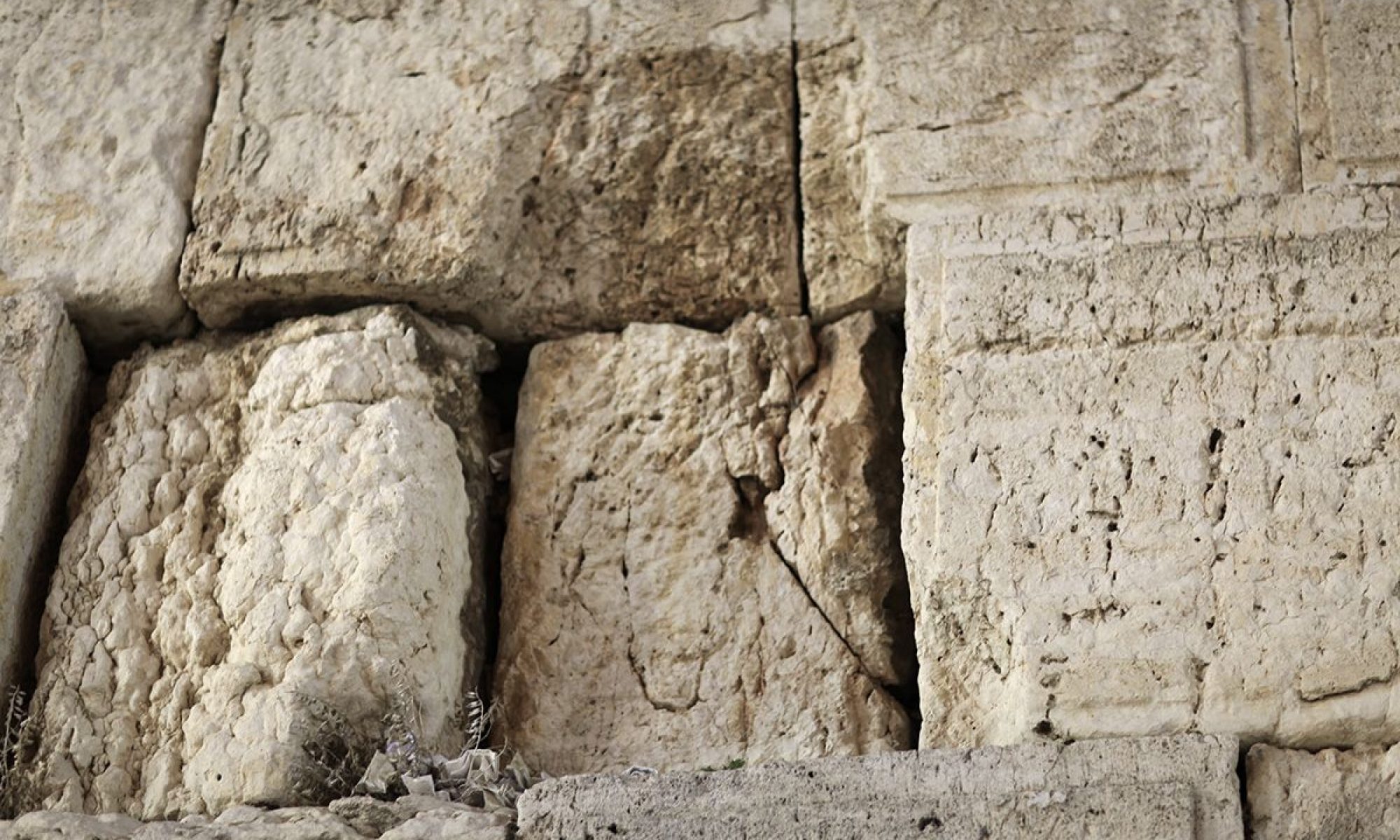The first כלי we hear about in the Mishkan is the ארון. If you think about it, this was the focal point of the entire Mishkan. The holiest vessel in the holiest space on the planet. According to the רמב”ן that the Mishkan was the perpetuation of the סיני experience, the ארון was the center of the building that was a reminder of הר סיני in time and it housed the לוחות which were the reminder of הר סיני in space. I heard something beautiful this week from Rabbi David Fohrman about the function of the ארון.
The ארון is often referred to as ארון העדות. But what was it testifying to? What’s further perplexing is that we find a word in the ארון narrative with the same root as עדות, but it means the opposite thing. The Pasuk says ונעדתי לך שם ודברתי אתך מעל הכפרת אשר על ארון העדות, I will meet you there and I will speak to you from on top of the covering in between the two cherubim that are on the ark of testimony. That word ונעדתי had the same עד route as ארון העדות. The אהל מועד, literally the tent of meeting, as well has the same root of עד. Yet, the concept of meeting connotes a direct connection, whereas testimony is only necessary when there is no direct connection. If you need to testify about someone or something it is because that thing is not around to be viewed, so it needs to be spoken about instead. Why would the same root word have two opposite meanings? And why would the ארון carry both of those contradictory meanings?
The answer lies in what is inside the ארון, the לוחות. The first time we hear about the לוחות they are described as לוחות even, and we also know that they are כתובים באצבע אלקים, written by the finger of God. What is the earthiest thing in the world? Stones and rocks, these are the most fundamental building blocks of civilization that the natural world has to offer. Primitive man began developing societies by using stones. They used it to build structures and monuments, to make fire, to forge weapons, to grind wheat so they could make bread, to weigh merchandise, and the list goes on. Rocks are weighty and are mercilessly controlled by gravity. These לוחות that Moshe got from Hashem are made of the most physical substance that there is. However, these most physical items were also engraved upon and bore through by the most Ethereal being that exists. The Creator of gravity, Who is outside of physics and time. It sounds paradoxical that such a thing could exist. The Jewish people’s “souvenir” of הר סיני was something that unequivocally proved, as mind-blowing as it may seem, that the Infinite God could not only enter our world, but intimately interact with it. And it was this treasure that was housed inside the center of the Mishkan, to constantly remind us that Hashem is simultaneously meeting with us and so far away that we need a testimony to His existence and connection with us.
It is no wonder now that the ארון was placed on the אבן השתיה, the foundation stone. If one would measure the קדש הקדשים the calculation would show that the ארון did not take up any physical space. So here is this impossibly ethereal gold box sitting on top of an earthy rock, heaven and earth meeting yet again in the same focal point of our Mishkan. Truth is, even the אבן השתיה has the same paradox, for the גמרא says that it was the first thing that Hashem created, and this to was where the Ethereal Infinite met the earth by way of a rock.
It is this dynamicity of our God and therefore of us that has kept the Jewish people alive since that experience on the mountain. We are the people that are always connected to the Source despite how impossible it may seem. This is also why the לוחות are engraved through and through, which the גמרא describes was miraculously legible from both sides. Regardless of your vantage point you can see Hashem on these stones.
And I think this is also why the בדים, the poles, were never allowed to be removed from the ארון. The Pasuk says that we are to place the בדים in the rings to carry the ארון with them, and that we are never allowed to remove the בדים from the ארון. We know from תנ”ך that the ארון was נושא את נושאיו, it carried those who carried it. What this means is that the mitzva to always have the בדים in the ארון means that there will always be a lifeline for us to grab hold of. No matter what generation, background, or mindset, if you are a Jew then you stood at הר סיני and you watched Moshe bring down the לוחות. You saw them placed in the ארון and there are poles to grab hold of so that you can be attached to that life source and be carried by it.

After reading your blog post, I browsed your website a bit and noticed you aren’t ranking nearly as well in Google as you could be. I possess a handful of blogs myself, and I think you should take a look at “seowebsitetrafficnettools”, just google it. You’ll find it’s a very lovely SEO tool that can bring you a lot more visitors and improve your ranking. They have more than 30+ tools only 20$. Very cheap right? Keep up the quality posts